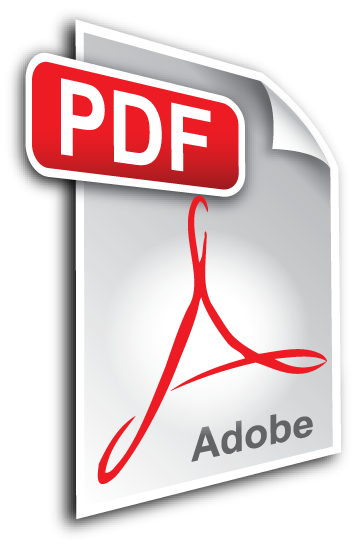Wednesday Academic Dialogue (23-1439)
|
|
Where Does Money in Circulation in Modern Economies Come From?
An Exploratory Study

D. Ahmed Mahdi Belouafi
Associate Professor, Islamic Economics Institute
King Abdulaziz University, Jeddah, Saudi Arabia
E-mail: ambelouafi@kau.edu.sa
Wednesday 28-09-2016 (27-12-1437H)
Abstract
Extended Abstract. In 1975 the late American economist, John Kenneth Galbraith, stated in his book ‘Money Whence It Came, Where It Went’ that: “The study of money, above all fields in economics, is the one in which complexity is used to disguise truth, or evade truth, not to reveal it”. This research aims to examine this statement and the like from other ‘dissident’ economists, who challenges the orthodoxy of the ‘neo-classical doctrine’ of economic thought in the monetary field, through an exploratory exposé.
A very simple questionnaire consisting of six questions was distributed to faculty members, lecturers and students from the faculty of Economics and administration, and the Islamic economics Institute. The researcher received 86 responses out of a 100 that were distributed and collected in a very short period. The two main characteristics of the respondents are summarized in the two graphs below:
|
|
|
|
|
Categories of respondents according to their specialization

|
|
|
Categories of respondents according to their occupation

|
|
|
|
The results to the specific queries reveal the following:
- In responding to the question of the definition of money; almost three quarters (73%) of the respondents picked the most widely used definition in economics and Islamic economics textbooks and/or books, while the remaining chose the definition that confines money to nowadays paper money issued by governments.
- In answering the question whether all money in circulation in modern economies are issued and/or created by governments; majority (58%) said ‘no’, 33% choose ‘yes’, while only 9% said they ‘don’t know’.
- If entities other than the government are involved in money ‘issuance’ and/or creation’ who are they? About half (49%) of the respondents said that the entire banking industry (i.e. all diverse types; commercial, investment …etc.) are the ones, 27% stated that they ‘don’t know’, 18% pointed out to commercial banks, while 6% claim that specialized banks are behind the activity of money ‘issuance/creation’ in the economy besides the government.
- And for the question concerning the proportion of ‘official money’ (i.e. fiat money) to the size of the money supply in the economy respondents’ answers have been as follows: majority (42%) stated that this type of money constitutes more than 50% of the money in circulation, 23% stated that this portion ranges between 20 - 30%, 15% choose the 10-20% range, another 15% choose the range of 30-40 %, while only 5% said that the official money accounts for less than 5% of the money supply.
What are the implications of these results? How can they be interpreted and/or interlinked to the statement of Galbraith and the like of other economists? These and other related questions will be investigated thoroughly in this research.
|
Last Update
3/8/2018 9:07:34 PM
|
|
|
|